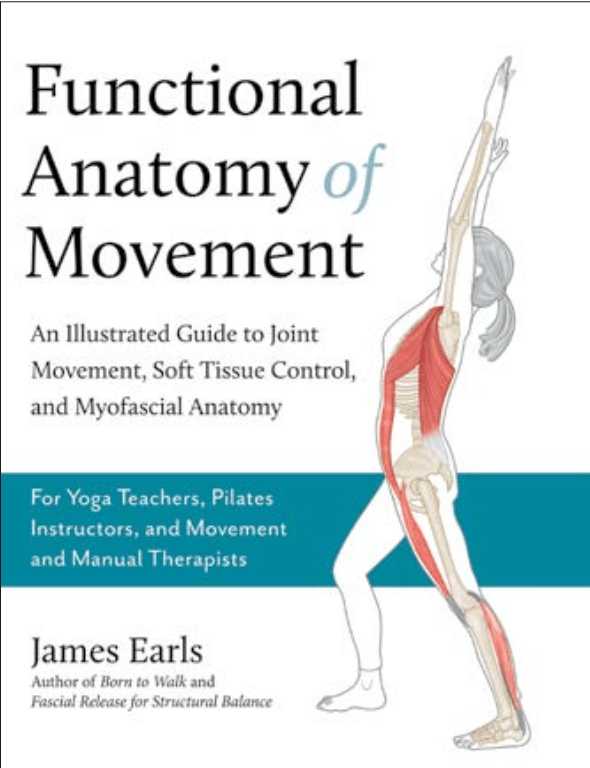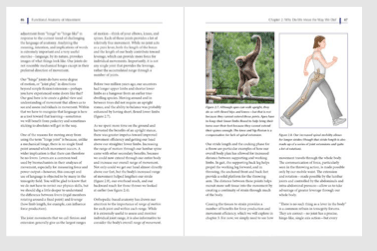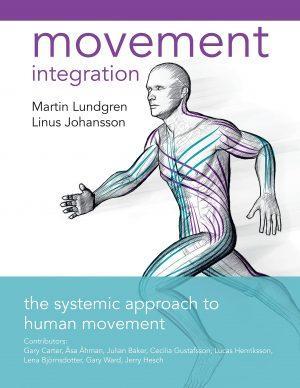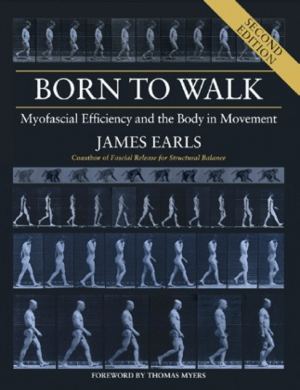Functional Anatomy of Movement
0,00 €
| Language of origin | |
|---|---|
| Publication date | |
| Infos : | Page Count: 160 |
An Illustrated Guide to Joint Movement, Soft Tissue Control, and Myofascial Anatomy
A unique and comprehensive approach to functional anatomy through the lens of myofascial continuities, from the coauthor of Fascial Release for Structural Balance
Whether we describe them as anatomy trains, myofascial chains, meridians, or slings—insights into the interconnected nature of fascial tissue have had a profound impact on our understanding of anatomy.
The concept of tensegrity—the idea that changes in tension may affect the whole body rather than just one part—has likewise opened up new appreciations for the complex and interdependent nature of real-world bodily movements. But musculoskeletal anatomy still tends to be taught in a drastically simplified fashion, through the study of fixed anatomical positions that do little to prepare us for the reality of actual movements.
In Functional Myofascial Anatomy, James Earls suggests that we need a new set of tools and vocabulary for watching and describing anatomy in motion Earls argues that it is seeing movement in action—in different bodies and in different environments—that should inform our understanding of anatomy, rather than the other way around
By situating the different theories and metaphors of myofascial continuities against the context of common real-life movements such as sports exercises and yoga asanas, Earls explains how each theoretical system may be useful in different situations and applicable to different issues
Using up-to-date research, Earls digs into important questions for physical and manual therapists: which tissues really are contiguous? Does continuity of tissue actually show or demonstrate transmission of force and communication along those lines? And does fascial tissue have to be continuous for the body to actually transfer force?
Accessibly written and fully illustrated, Functional Myofascial Anatomy offers practical applications for physical therapists, chiropractors, and bodyworkers, as well as new tools for teachers of yoga and pilates to develop a deeper understanding of anatomy and movement
FOR MOVEMENT AND PHYSICAL THERAPY PRACTITIONERS
EXPERT AUTHOR: with a proven track record Earls also lectures internationally
NEW FRAME: that introduces a new set of tools for describing and understanding movement in action
SITUATIONAL APPLICATIONS: Earls explains how each theoretical system is useful in different situations and applicable to different issues HOT TOPIC IN ANATOMY: The concept of anatomy trains and continuities is a trending topic in physical therapy
FULL COLOR ILLUS THROUGHOUT








